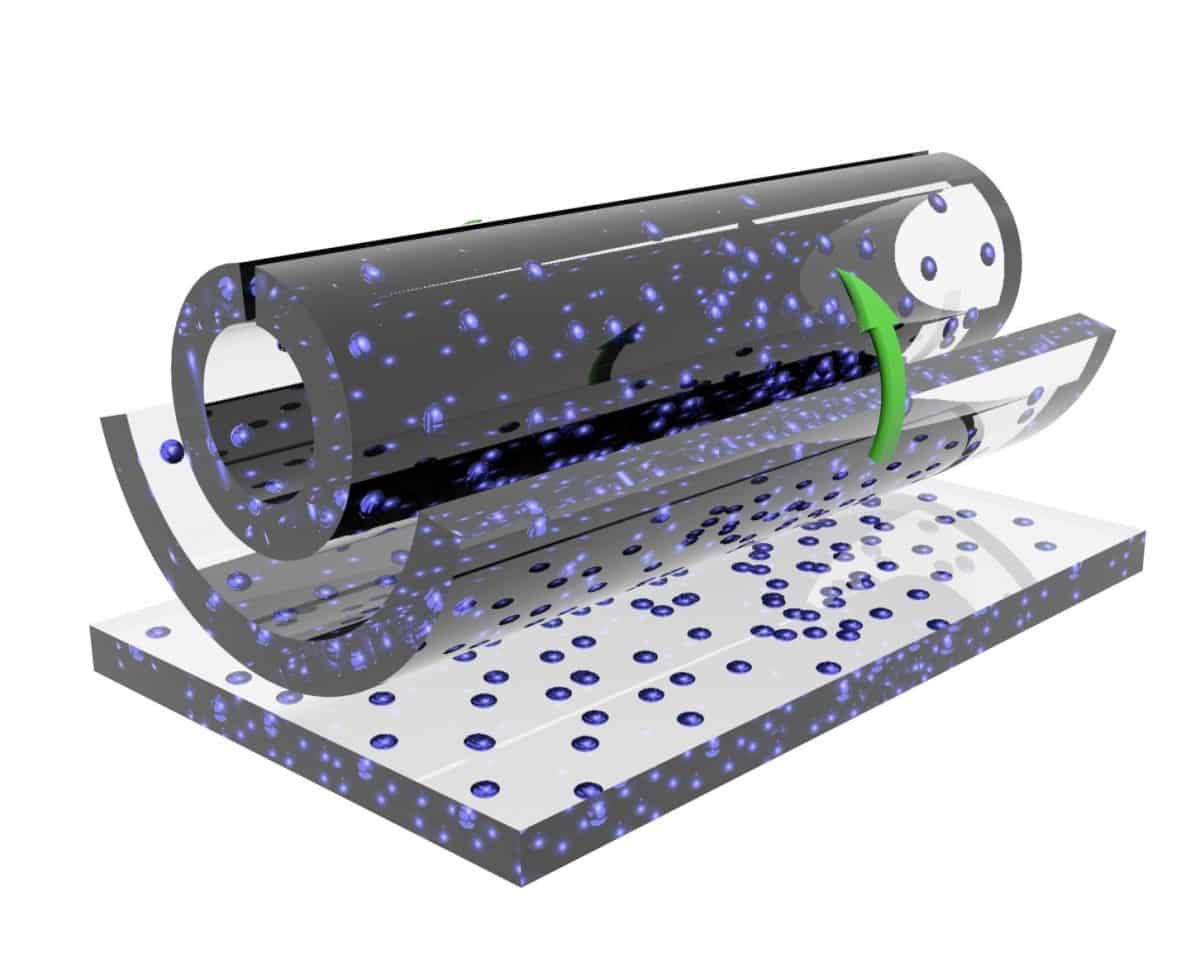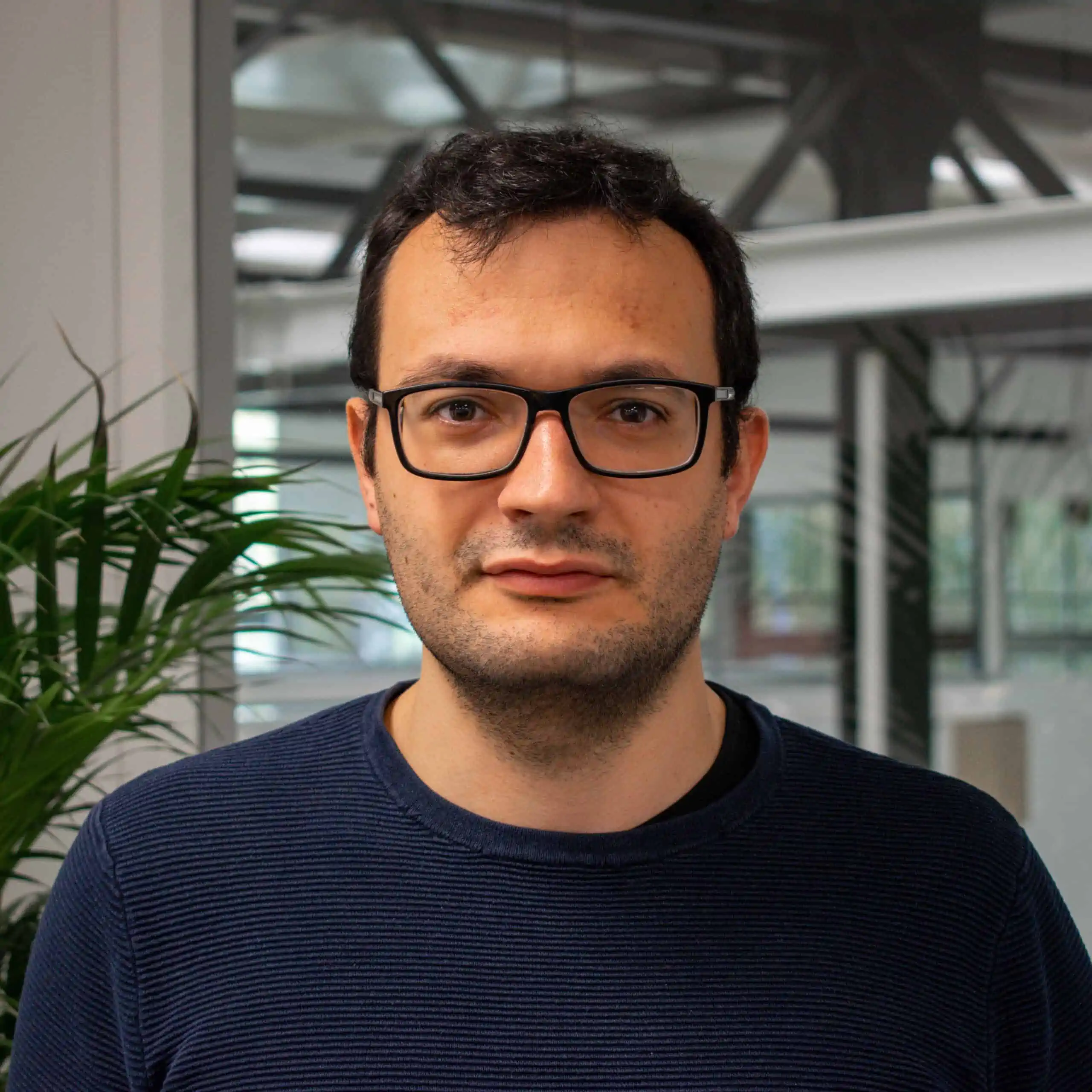Dr. Hideo Kudama is widely recognized as the father and founder of 3D printing. In the 80’s, he developed a layer by layer method for manufacturing and a rapid prototyping process. 3D printing is the process of creating three-dimensional objects by printing them through a computer-created model. It’s also known as additive manufacturing, which involves building material layers.
Technology grew in the 1990s to include 3D printers that were made available to all. Yet, the progress doesn’t stop, as a new development is arising: 4D printing.
What does 4D printing mean?
It’s the process through which a 3D-printed object transforms its shape over the influence of external factors such as temperature, light, or other external stimuli. They are a type of active origami, which can alter their structure when heated. It’s worth mentioning that 4D printing is an evolution of 3D printing; it wouldn’t exist without it.
What makes 4D printing different from 3D printing?
The only difference is having one more “D,” – which stays for dimension. Which dimension are we referring to? It’s easier than you think, time. 4D printing can be described as 3D printing that transforms over time. A 4D-printed object can take on different shapes depending on the external conditions.
How does 4D printing work
3D printers can also be used for 4D printing. Smart materials are the input materials that change. These are hydrogels or memory polymers that – thanks to their properties – can indeed change shape over time. 3D-printed objects, on the other hand, have rigidity as a feature. This means that once they are made, they will maintain their original shape.
Four-dimensional printed items react to heat, water, or electricity – to name a few catalysts – based on the instructions written on their geometrical coding. This means they can be activated to bend, extend, fold and elongate depending on their application.
What are the key benefits?
4D printing’s main pro is the possibility to print objects larger than the used printer. Through Computational foldingYou can reproduce bigger items as one part. This opens up the possibility of building structures that are not possible to make with current manufacturing techniques. Potentially, 4D printing could make it possible to set up infrastructure that can change depending on the weather – think of a bridge that could expand during a flood.
The use of smart materials is another advantage. These could really transform manufacturing – and thus our daily life’s objects – in such a way that we can’t even imagine yet.
The potential for a reduction in waste could be due to 4D printing’s increased manufacturing efficiency. The need to dispose of disposable products could be reduced if one item is used for multiple purposes.
What are the limits?
Many aspects of technology, like all other technologies, must be understood. To allow mass production, it is important to overcome the hurdles of cost and material. Second, the materials’ reliability and lifespan are still questionable. Third, it is not clear what the technology could do for the environment.

Research project: 4D printing to make blood vessels
It would be amazing if blood vessels could be artificially created using 4D printing.
What are the possibilities?
While 4D printing is currently limited to laboratory experiments, there are some examples of applications that can be found here. The use of bio-compatible hydrogengels for human tissue engineering is obvious. Within the healthcare sector, drug delivery could be made more efficient using microdevices that would release the medicine once it reaches the patient’s body temperature.
A potential application area is self-adjusting pipes. They could be able to expand in diameter with increasing flow rates, or self-repair cracks. Apparel is another important industry. From jackets and uniforms that can adjust themselves in response to external temperature to shoes that could fit the wearer’s foot size and shape. There are many other uses for this technology, from furniture to aerospace.





